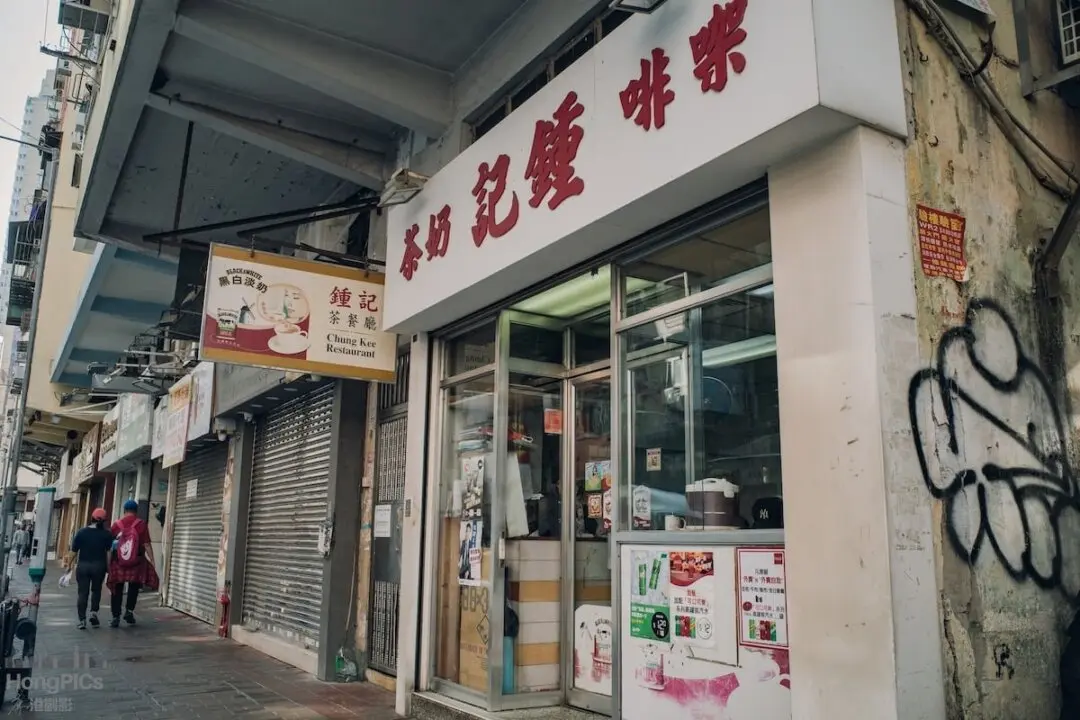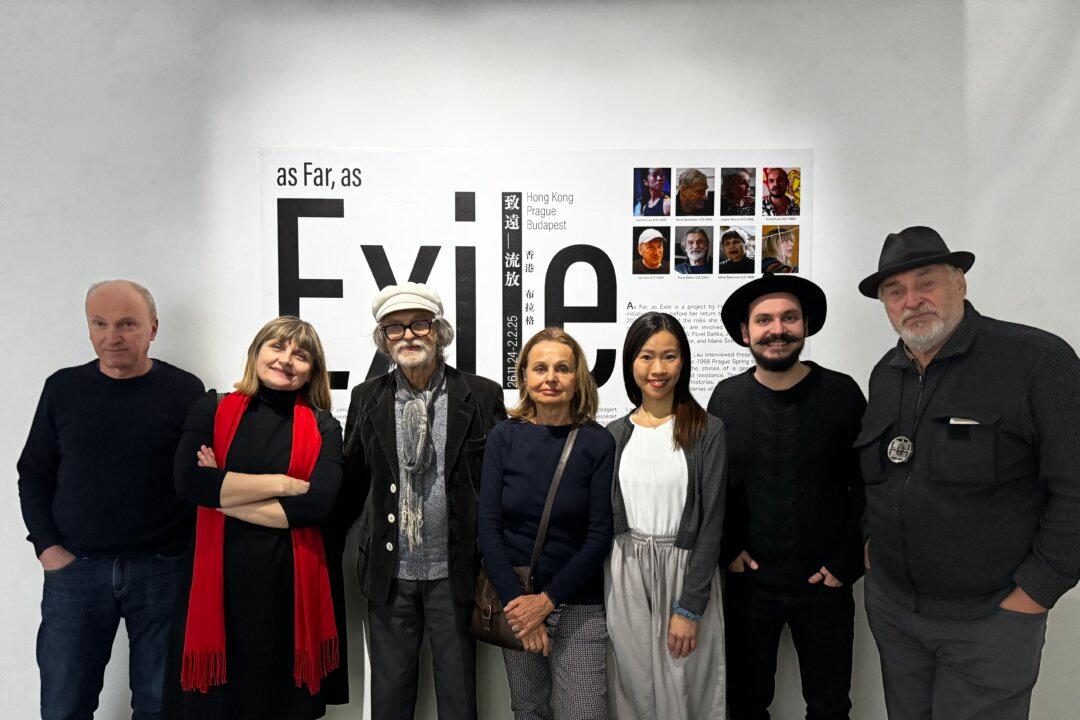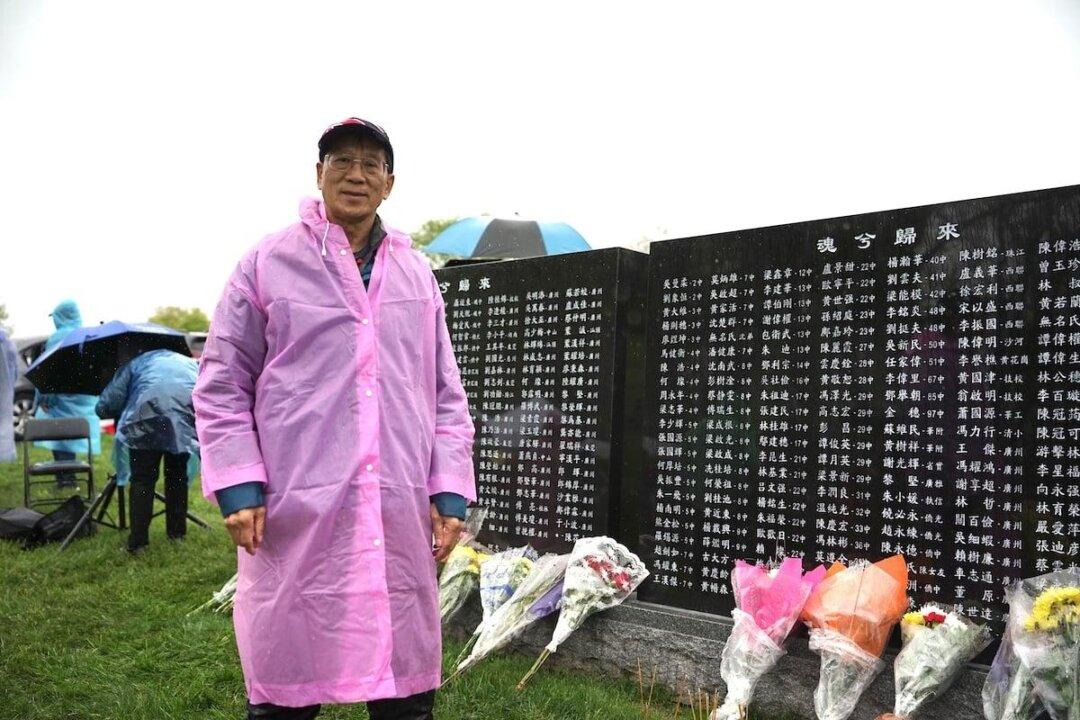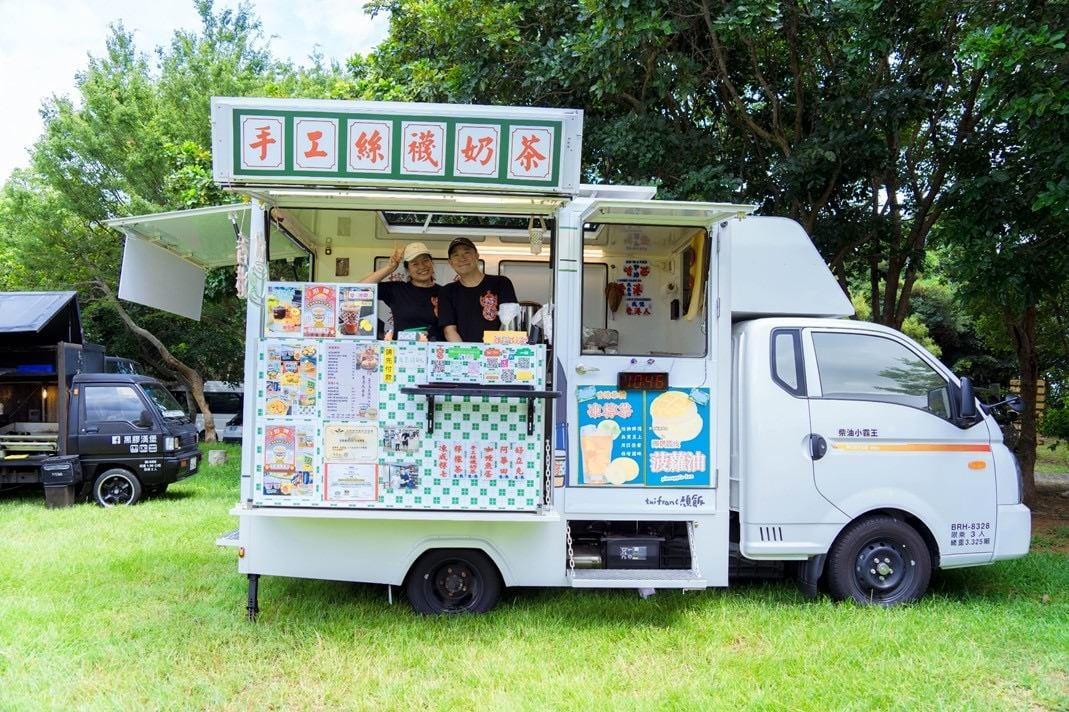In September 2018, Super Typhoon Mangkhut (Ompong) battered Hong Kong with high winds and rain for hours. The Hong Kong government received about 15,000 reports of collapsed trees after the typhoon had passed through.
Most fallen and damaged trees end up in landfills or rot on the spot. Ricci Wong Cheuk-Kin felt he had to preserve those trees, that had stood for hundreds of years, instead of letting them disintegrate and disappear.
Wong decided to set up a social enterprise that would save and extend the lives of the collapsed trees by turning them into exquisite pieces of furniture.
“The universe has a plan for everything. I saw the collapsed trees as an opportunity. If it were not for the fact the trees had fallen, I would not have had a new turn in my career,” Wong said as he recalled the beginning of his tree-saving journey.
Because of the storm, Wong established a social enterprise in January 2019 and called it HK TimberBank.

With the development of urbanization, wood-processing factories in Hong Kong disappeared one by one. Eventually, finding locally made wood products became rare.
HK TimberBank is a miracle of survival in an economy that was hard-knocked by the pandemic when you consider how far it has come. From a thousand-square-foot warehouse, using a cheap diesel generator, to a huge facility with a variety of equipment that utilizes professional and advanced wood-processing technology.
Additionally, the living space and environment in Hong Kong are sardine can tight.
Expensive rents in urban areas force people to move frequently, and result in a large amount of furniture being wasted.
Most people buy cheap wooden furniture made of slag board or synthetic fiberboard. People can rarely afford furnishings made of real wood that would be heavier to move.

In Hong Kong, recycling wood and trees is a pretty challenging process. Often trees are removed after they were knocked down by bad weather or urban construction.
So it seemed like a fantasy to Wong that he would be able to recycle local fallen trees and turn them into functional products. But he said the effort needed did not matter.
Appreciation of Nature’s Beauty
Wong decided to get into the wood factory business and recycle as many damaged trees as possible. He wanted to turn the wood into furniture, daily necessities, and artwork.Many trees become available to him whenever the government develops land, from which he obtains the wood and turns it into something beautiful.

Recently HK TimberBank took part in the Product Carbon Footprint Labeling (PCF label) program, organized by CMA Testing. It is an environmental protection project that helps businesses calculate and audit carbon reduction rates before they are issued PCF certificates and labels.
Wong said, “By continuously conducting carbon content tests of wood used, it increases awareness of how much carbon dioxide (CO2) a tree has helped us absorb. Trees breathe in CO2 and release oxygen, which is vital for human lives. If mother nature has given us so much, why not use what it has provided us?”
Wong was determined to utilize his business as an educational tool for the public about tree recycling and upcycling.

When Dreams Come True
Some might say Wong is a dreamer. But he took action and realized his goal.Before entering the timber industry, Wong obtained a master’s degree in arts at the Chinese University of Hong Kong. At the same time, he graduated from a master’s degree program in architecture at the University of Hong Kong.

With a heart full of passion, Wong and a partner opened a construction company. But, just like mountains and the ocean, life has waves and dips. After parting from his business partner and the construction company, Wong had to start again.
When speaking about how he entered the woodwork design industry, Wong said he felt it was fate.
“Every experience has risks. The bigger your risk, the greater the harvest. The higher the waves, the higher you can surf.”
Wong took a considerable risk in wood and nature. Before long, woodwork became his life.

In September 2018, Super Typhoon Mangkhut hit Hong Kong. Trees collapsed all over the city due to the cyclone’s high winds. A camphor tree on the edge of a cliff on Magazine Gap Road was uprooted and fell over.
Upon hearing about the fallen tree, Wong went to the location and became intrigued by the idea of turning the camphor tree into beautiful and functional items and give it a second life.
Wong was not alone. A group of tree surgeons was also on the scene examining the camphor tree.
Fallen damaged trees, similar to the camphor tree, will usually be cut down and chopped into logs and pieces before decaying in mountains and forests and returning to nature .
Movable damaged trees are transported to landfills.

Wong talked with the tree surgeons on site to find out if there was a chance that he could save the tree. He did not expect much, but surprisingly, with the arborists’ help, he safely moved the giant camphor tree.
Relocating the tree is an issue in a tiny concrete jungle. Wong’s friend managed to find a place in Yuen Long to temporarily store the tree.
When Wong was ready to open his woodwork factory a few months later, he reunited with the tree. When Wong saw the camphor tree, it was almost unrecognizable: grass had covered the entire tree. Wong recalled it was almost like playing hide-and-seek with mother nature.

The HK TimberBank team turned the once wasted, fallen, camphor tree into beautiful pieces of furniture, including a dining table and a bar table, to extend the life of nature.
It brings Wong joy and happiness whenever he admires a trees rings and textures. He said he is happy when he can use all of the the once-wasted resource.
Shortly after opening HK TimberBank, Wong was invited to join the Yim Tin Tsai Arts Festival.
He made several art pieces using a camphor tree levelled by the typhoon, including dining seats and coffee table decorations. Wong wanted to combine recycled wood and art to raise public awareness of wood recycling.

HK TimberBank, an eco-friendly social enterprise, now has a 15,000-square-foot factory. In addition to space, a timber factory also requires a lot of tools and equipment. Each piece of equipment is a considerable investment.
HK TimberBank has an industrial crane, a computer numerical control engraving machine, and commercial-grade Italian drying ovens.
The wood-making business only lacked a saw that could handle extensive tree cutting.
Wong said purchasing a brand-new saw would cost thousands of dollars. It was impossible for the business to find the funds for equipment purchases after spending a lot of money just to operate in the past 18 months.

Lucky Star
A shipyard owner contacted Wong one day and said he was closing his shipyard due to the pandemic. He was about to retire, and so he had some equipment he could donate to Wong.It surprised Wong that the universe had his back. “The shipyard owner’s chainsaw is the best model of all, with the highest horsepower configuration. With this tool, you can handle some massive trees. That tool was what I really wanted. I feel that God is good to me. I was so moved that I cried.”
Wong got the saw he wished for and was as happy as a child getting the perfect Christmas gift.
Every tree has a backstory. Some of the renewed trees were about the Chan family.

Some of the trees Wong retrieved came from Shuikou Village on Lantau Island. Chan’s family, the tenth generation of the indigenous residents of Shuikou Village, donated the father’s lychee trees. The field of lychee trees was the father’s life work. After the father fell ill, his lychee trees became neglected. Chan’s brother and sister believed that it would be meaningful if they could turn the fruit trees into wood benches.
Ricci took on a project of CityGate Outlets from referrals which became “Wood” You Project.

The project recycled over 18 tons of trees in Shuikou Village, Mui Wo, Tung Chung, and Chi Ma Wan Bay on Lantau Island, and made a 9.6 meter-long (31.5 feet) wooden bench made of wood weighing 3 tons in total.
Wong explained, “Compared with the seats at Yim Tin Tsai, this time both design and production made a lot of refinement with both the design and production process. The formation is based on the landform of Lantau Island’s mountains and sea, which makes a more impressive overlooking of the sea from top of a Lantau mountain.”

Future of the Wood Processing Factory
Today, the HK TimberBank workshop is located in a core public housing development and construction area in Wang Chau, Yuen Long.The wood-processing factory might not exist for another four years; but Ricci says he is not concerned.

“We came to this earth empty-handed. If, one day, the government retrieves the land, we have nothing to lose. And at the end of the day, we still have trees and nature.”
The future of the HK TimberBank factory may not be clear. Ricci does not have a clear answer either. If one day, he can no longer pursue renewing the timber of nature, Wong said he has no regrets as he has already done his best for mother nature.





